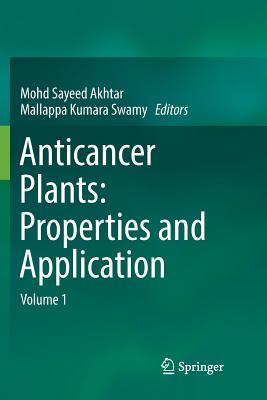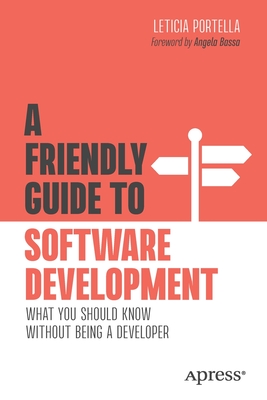An Innovative Approach to Understanding and Treating Cancer: Targeting PH: From Etiopathogenesis to New Therapeutic Avenues
暫譯: 創新癌症理解與治療方法:針對PH的研究:從病因發展到新療法途徑
Koltai, Tomas, Reshkin, Stephan J., Harguindey, Salvador
- 出版商: Academic Press
- 出版日期: 2020-01-16
- 售價: $6,270
- 貴賓價: 9.5 折 $5,957
- 語言: 英文
- 頁數: 574
- 裝訂: Quality Paper - also called trade paper
- ISBN: 0128190590
- ISBN-13: 9780128190593
海外代購書籍(需單獨結帳)
商品描述
An Innovative Approach to Studying and Treating Cancer: Targeting pH describes one of the few characteristics of cancer that is not shared by normal tissues: the reversal or inversion of the pH gradient when intracellular pH becomes alkaline and extracellular pH becomes acid. This is now recognized as one of the most selective and differential hallmarks of all cancer cells and tissues, being the opposite of the condition found in normal tissues and a potential target in order to achieve either a stable disease or even regression with no toxicity.
The book discusses topics such as lactic acid and its transport system in the pH paradigm, mechanisms to decrease extra cellular pH and increase intracellular pH, NHE-1 activity in cancer, carbonic anhydrases, vacuolar ATPase proton pump, and the sodium-bicarbonate cotransporter system. Additionally, it discusses complementary pharmacological interventions, cellular acidification and extracellular alkalinization as a new and integral approach to cancer treatment.
商品描述(中文翻譯)
《創新的癌症研究與治療方法:針對 pH 的研究》描述了癌症的一個少數特徵,這個特徵在正常組織中並不存在:當細胞內 pH 變得鹼性而細胞外 pH 變得酸性時,pH 梯度的反轉或倒置。這現在被認為是所有癌細胞和組織中最具選擇性和差異性的特徵之一,與正常組織中的情況相反,並且是一個潛在的目標,以實現穩定的疾病狀態,甚至在無毒性的情況下實現病情回退。
本書討論了如乳酸及其在 pH 範疇中的運輸系統、降低細胞外 pH 和增加細胞內 pH 的機制、NHE-1 在癌症中的活性、碳酸酐酶、液泡 ATP 酶質子泵以及鈉-碳酸氫根共轉運系統等主題。此外,還討論了補充的藥理干預、細胞酸化和細胞外鹼化作為癌症治療的一種新且整體的方法。
目錄大綱
PART 1: Metabolism and pH physiopathology of cancer
1. Introduction
2. Cancer metabolism
3. The pH alterations in cancer: causes and consequences
4. Lactic acid and its transport system
5. The sodium hydrogen exchanger
6. The voltage gated sodium channels
7. Carbonic anhydrases
8. Proton pumps
9. The sodium/bicarbonate co-transporter
10. Aquaporins
11. Invadopodia and the migration/invasion process
12. The Sp1 transcription factor
PART 1: Therapeutics
13. Pharmacological interventions – Part I
14. Pharmacological interventions – Part II
15. Pharmacological interventions – Part III
16. Pharmacological interventions – Part IV
17. Therapeutics: the scheme
18. Therapeutics: ancillary treatments
19. Preventing metastasis
20. Proton inhibitors in pets’ cancer
21. pH-related nanoparticles in cancer treatment
22. Conclusions and future perspectives
目錄大綱(中文翻譯)
PART 1: Metabolism and pH physiopathology of cancer
1. Introduction
2. Cancer metabolism
3. The pH alterations in cancer: causes and consequences
4. Lactic acid and its transport system
5. The sodium hydrogen exchanger
6. The voltage gated sodium channels
7. Carbonic anhydrases
8. Proton pumps
9. The sodium/bicarbonate co-transporter
10. Aquaporins
11. Invadopodia and the migration/invasion process
12. The Sp1 transcription factor
PART 1: Therapeutics
13. Pharmacological interventions – Part I
14. Pharmacological interventions – Part II
15. Pharmacological interventions – Part III
16. Pharmacological interventions – Part IV
17. Therapeutics: the scheme
18. Therapeutics: ancillary treatments
19. Preventing metastasis
20. Proton inhibitors in pets’ cancer
21. pH-related nanoparticles in cancer treatment
22. Conclusions and future perspectives















